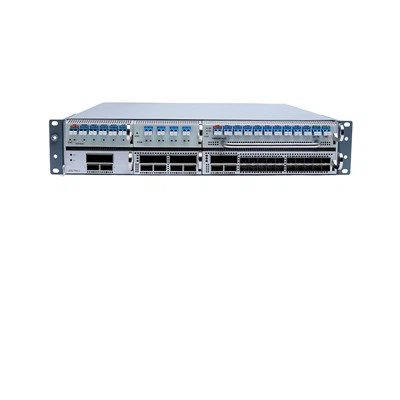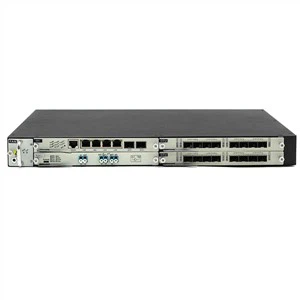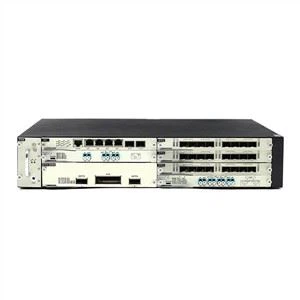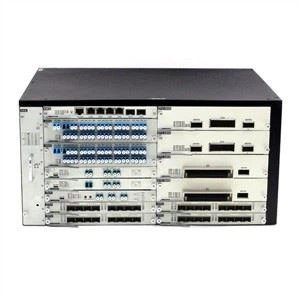As massive amounts of data are managed, distributed and exchanged across the globe nowadays, data center networks are expanding in number and capacity, which drives the need for data center interconnectivity (DCI). While industries are moving quickly with the development of 100G, the choice between these two modulation formats—coherent detection and direct detection, has become the key question metro DCI infrastructure designers should face when building today’s 100G DCI networks. This article will focus on these two detect methods and make a comparison between them.

Coherent Detection
Coherent detection is an optical signal detection technique that is useful both in fiber-optic communication systems and in optical measurement and sensors. It uses a local oscillator at the receiver, enabling 100Gbit/s transport on a single wavelength for long-haul DWDM networks. With the capability to do coherent detection, an optical receiver can track the phase of an optical transmitter so as to extract any phase and frequency information carried by a transmitted signal.
Though coherent detection is a concept derived from wireless communication systems, it has been widely used in optical fiber communications, consequently bringing great influence to long-haul optical networks. But for 100G metro DCI, the increased cost and power consumption of coherent detection are the other troubling problems.
Direct Detection
Direct detection can only detect the amplitudes of the signals when receiving the receive terminal. Different from coherent detection which can extract amplitude, frequency, and phase information from an optical carrier, direct detect system can only modulate optical wave via intensity modulation.
Generally, direct detection is used for short reaches and point-to-point connections in metro networks. By leveraging PAM4, direct detection can now transport 100Gbit/s and can reach distances of up to 80km while complying with requirements for optical signal-to-noise ratio. With the benefit of small size, simplified structure, and low consumption, intensity modulation direct detection (IM/DD) communication system becomes the ideal option for short-distance optical communication. And recent technological advances have been prompting direct detection to apply in metro DCI networks.
Coherent vs Direct Detection: Which One Is Better?
Now that both coherent detection and direct detection can be used for 100G data center DCI, which is better to be used in 100G metro DCI? To make it clear, the following considerations are discussed below:
Fiber capacity: Compared to direct detection, coherent detection can extract amplitude, frequency, and phase information from an optical carrier, and therefore can achieve much higher fiber capacity in the same bandwidth.
Simplicity: Coherent detection uses digital signal processor (DSP) which can compensate the large chromatic and polarization mode dispersion without the need of optical amplifiers and optical dispersion compensators used in direct detection, and coherent detection is far more tolerant of line impairments than direct detection due to the DSP, therefore making the optical network design of coherent detection simplified and coherent detection much simpler than direct detection.
Cost: Coherent detect networks require application-specific integrated circuit and digital signal processors that direct detect networks do not need, which means that direct detection gets rid of a lot of costs due to the 100G transceivers so that it’ s more attractive in terms of cost compared with coherent detection.
Power consumption: The need for additional optical components as well as (DSP) in the coherent detect DCI results in not only higher cost but also higher power consumption. On the contrary, direct detection eliminates the power-hungry DSP so that less power is consumed than coherent detect systems.
Distance: As technology advances increase, direct detection can transport 100G and reach a distance of up to 80km. While coherent detection can be deployed all over the world and the transmission distance can be thousands of kilometers.
Conclusion
There is no doubt that coherent detection is in great demand in metro DCI applications, but we can not deny that direct detection is rapidly emerging as an economically viable way in metro DCI and 100G direct detect DCI applications are challenging the dominance of coherent detection in this market. So while you are faced with the option to choose one between them, optimize and balance these considerations mentioned above.





















